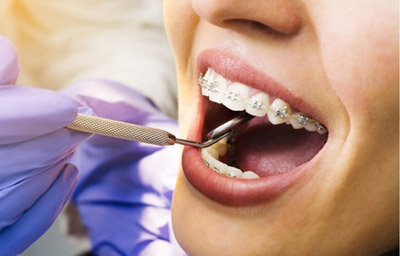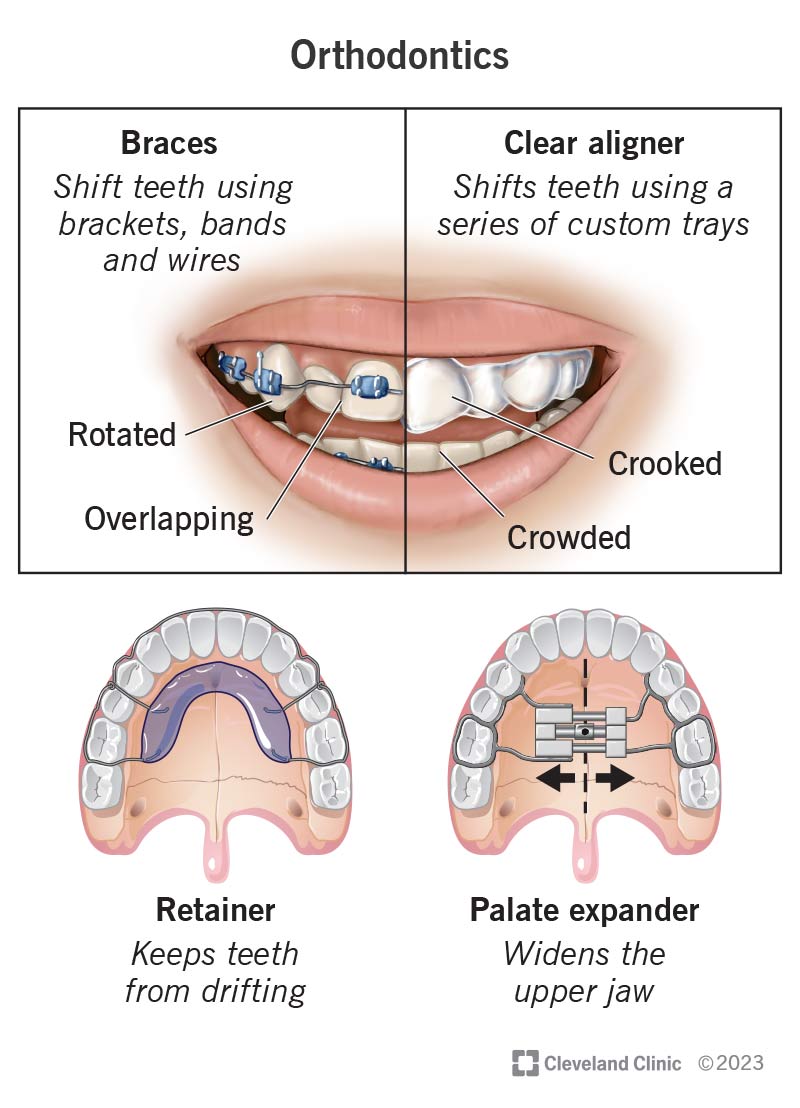All About Causey Orthodontics
Table of ContentsExamine This Report on Causey OrthodonticsNot known Incorrect Statements About Causey Orthodontics An Unbiased View of Causey OrthodonticsFacts About Causey Orthodontics RevealedThe 7-Second Trick For Causey Orthodontics
Neglecting occlusal connections, it was typical to eliminate teeth for a variety of oral problems, such as malalignment or overcrowding. The concept of an intact teeth was not widely valued in those days, making bite connections appear pointless. In the late 1800s, the concept of occlusion was essential for developing dependable prosthetic substitute teeth.As these ideas of prosthetic occlusion advanced, it became a very useful device for dental care. It remained in 1890 that the work and influence of Dr. Edwards H. Angle started to be really felt, with his payment to modern orthodontics particularly significant. At first concentrated on prosthodontics, he showed in Pennsylvania and Minnesota before guiding his focus towards dental occlusion and the therapies needed to preserve it as a regular problem, thus ending up being referred to as the "papa of contemporary orthodontics".

The concept of perfect occlusion, as postulated by Angle and integrated into a classification system, enabled a change in the direction of dealing with malocclusion, which is any kind of deviation from normal occlusion. Having a full set of teeth on both arcs was highly searched for in orthodontic treatment as a result of the need for specific partnerships in between them.
A Biased View of Causey Orthodontics
As occlusion ended up being the essential top priority, facial percentages and appearances were neglected - family orthodontics. To attain optimal occlusals without using outside forces, Angle proposed that having ideal occlusion was the most effective way to get optimum facial aesthetics. With the death of time, it came to be quite noticeable that even an extraordinary occlusion was not ideal when considered from a visual perspective
It became obvious that orthodontic therapy could change mandibular development, bring about the development of useful jaw orthopedics in Europe and extraoral force procedures in the US. These days, both practical devices and extraoral tools are used around the globe with the objective of changing growth patterns and kinds. Consequently, pursuing true, or at the very least boosted, jaw connections had ended up being the main purpose of therapy by the mid-20th century.
Some Ideas on Causey Orthodontics You Should Know
 Up until the mid-1970s, dental braces were made by covering steel around each tooth. http://localsadvertised.com/directory/listingdisplay.aspx?lid=22048., it came to be possible to instead bond steel brackets to the teeth.
Up until the mid-1970s, dental braces were made by covering steel around each tooth. http://localsadvertised.com/directory/listingdisplay.aspx?lid=22048., it came to be possible to instead bond steel brackets to the teeth.Andrews offered an insightful meaning of the perfect occlusion in long-term teeth. This has actually had significant results on orthodontic therapies that are administered frequently, and these are: 1. Proper interarchal relationships 2. Right crown angulation (pointer) 3. Correct crown inclination (torque) 4. No rotations 5. Tight get in touch with factors 6. Flat Curve of Spee (0.02.5 mm), and based on these principles, he found a treatment system called the straight-wire device system, or the pre-adjusted edgewise system.
The advantage of the design hinges on its bracket and archwire mix, which calls for just marginal cord flexing from the orthodontist or medical professional (affordable orthodontist near me). It's appropriately named after this feature: the angle of the slot and density of the brace base inevitably determine where each tooth is situated with little requirement for extra control
Not known Incorrect Statements About Causey Orthodontics
Both of these systems employed similar brackets for each tooth and necessitated the flexing of an archwire in three aircrafts for locating teeth in their wanted placements, with these bends dictating best positionings. When it pertains to orthodontic appliances, they are split right into two kinds: removable and fixed. Removable devices can be handled and off by the client as called for.

Hence, mostly all contemporary fixed devices can be taken into consideration variants on this edgewise appliance system. Early 20th-century orthodontist Edward Angle made a significant contribution to the globe of dentistry. He created four unique appliance systems that have actually been utilized as the basis for numerous orthodontic therapies today, disallowing a few exceptions.
The 6-Minute Rule for Causey Orthodontics

The cable ended in a string, and to relocate ahead, an adjustable nut was used, which allowed for a rise in area. By ligation, each private tooth was connected to this large archwire (affordable orthodontist near me). As a result of its restricted series of motion, Angle was incapable to accomplish precise tooth placing with an E-arch
These tubes held a soldered pin, which can be rearranged at each appointment in order to relocate them in location. Dubbed the "bone-growing device", this device was theorized to urge healthier bone development as a result of its capacity for moving force straight to the roots. However, executing it proved bothersome in truth.